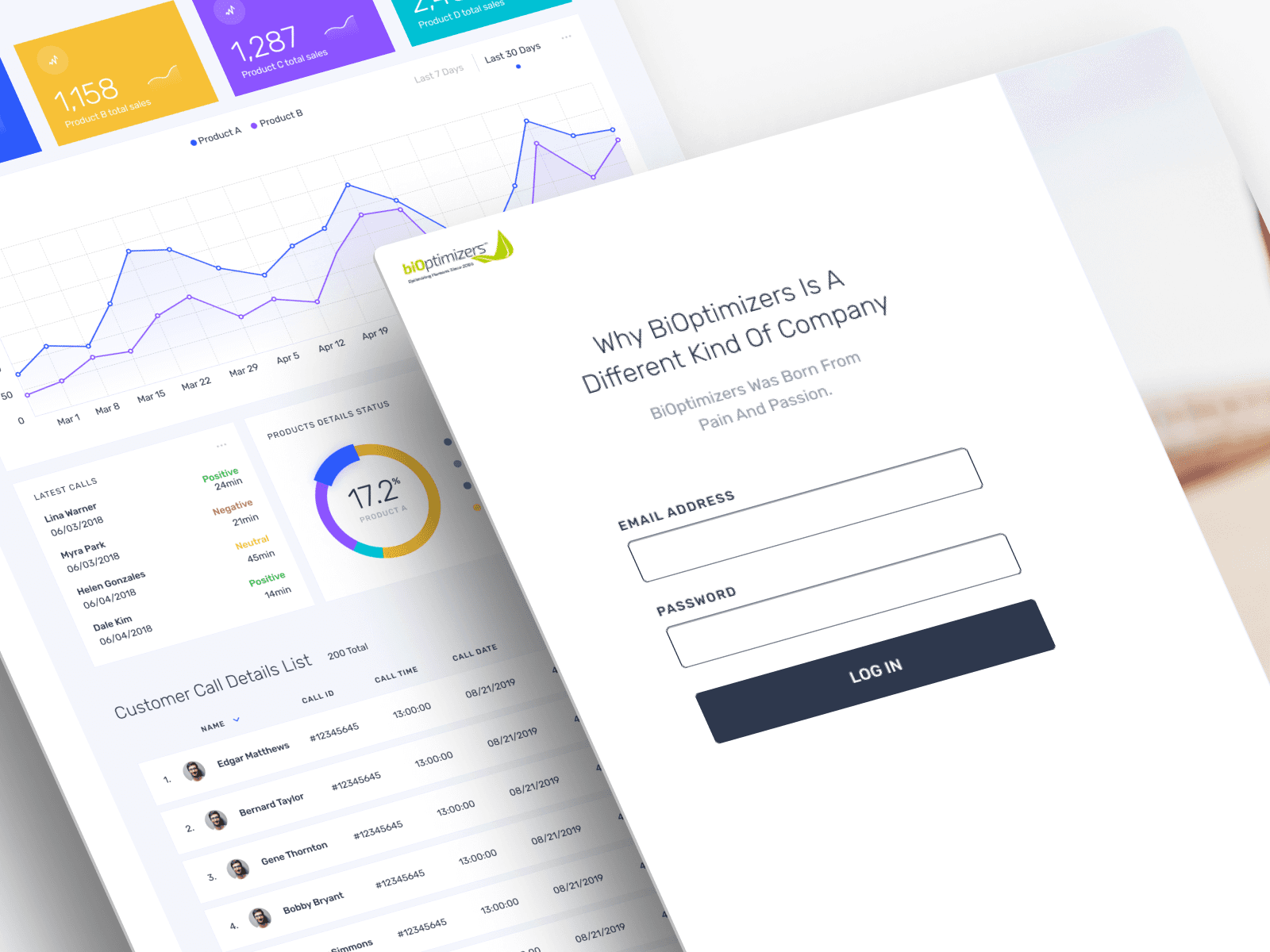Design System Governance
FinTech Fusion: Crafting a Design System Governance Model for Financial Innovation
In the rapidly evolving world of financial technology (FinTech), the effectiveness of digital interfaces directly impacts user experience and business success. This case study explores the journey of a FinTech company implementing a design system governance model to streamline its digital product development. Design systems, collections of reusable components guided by clear standards, are crucial in maintaining design consistency and efficiency. This narrative delves into how we conceptualised, faced challenges, and eventually succeeded in establishing a robust governance model that resonated with our company's dynamic needs.
The Challenge
Lack of Clear Design and Development Guidelines: Our designers and developers operated without a unified playbook—this absence of clear guidelines led to divergent design approaches and inconsistent implementation across various projects.
No Contribution Process for the Design System: There was no formal process for designers to contribute to or modify the design system. This gap hindered the evolution and scalability of our design components.
Ambiguity in Handling Product-Specific Components: We faced a dilemma in managing product-specific components and deciding when and how to integrate them into our global design system. This confusion often resulted in redundant efforts and a fragmented user interface.
These challenges highlighted the urgent need for a governance model that could bring order, consistency, and scalability to our design and development efforts. A model that addressed our immediate pain points and laid a foundation for sustainable growth and innovation.
Implementation of the Governance Model
Challenges and Solutions
The path to implementing a new governance model was not without its hurdles. One of the initial challenges was the complexity of the new process, which both designers and developers found overwhelming.
Challenge: Complexity in Understanding the New Process
Initial Feedback: When the governance model was first introduced, feedback from designers and developers highlighted its complexity. They found it challenging to understand and integrate into their daily workflows.
My Role in Addressing Feedback: Recognizing this, I took a hands-on approach to simplify the process. I conducted several iterative sessions with both teams, focusing on their concerns and suggestions.
Solution: Iterative Process Improvement
Streamlining the Model: Through these iterative discussions, we were able to streamline the governance model, making it more intuitive and user-friendly for all team members.
Clear Documentation and Training: We developed clear documentation and conducted training sessions to ensure everyone understood how to use and contribute to the design system effectively.
This iterative approach simplified the governance model and demonstrated our commitment to a collaborative and adaptive work culture. It was crucial to ensure the model's successful adoption and long-term sustainability.
Results and Impact
Lessons Learned and Best Practices
The journey of implementing a design system governance model in our FinTech company was enlightening, offering valuable lessons and best practices that could benefit similar endeavours.
Lessons Learned:
Importance of Iterative Development: The iterative approach in refining the governance model was key. It allowed us to adapt quickly to feedback, ensuring that the system met the actual needs of our teams.
Effective Communication is Crucial: Clear and ongoing communication among all stakeholders was essential in navigating the initial resistance and complexity. It fostered a shared understanding and commitment to the new model.
Empowerment Through Inclusion: Involving designers and developers in the development process of the governance model led to a sense of ownership, which was instrumental in its successful adoption.
Best Practices:
Start with a Clear Vision: Have a clear objective for what the governance model should achieve. This guides the development process and helps communicate its value to all stakeholders.
Foster a Collaborative Culture: Encourage open dialogue and collaboration between teams. This not only aids in the implementation process but also enriches the outcome.
Provide Comprehensive Training: Ensure that all team members are adequately trained and have access to resources to understand and effectively engage with the new system.
These insights underscore the significance of adaptability, collaboration, and clear communication in successfully implementing a governance model in a dynamic field like FinTech.
Conclusion
This case study on implementing a design system governance model in a FinTech company illustrates a journey of challenges, innovations, and teamwork. It highlights the importance of a structured approach to design and development in a rapidly growing industry. The governance model streamlined our processes and cultivated a culture of collaboration and continuous improvement. This experience underscores the transformative power of effective governance in design systems, proving to be an invaluable asset in the evolving landscape of FinTech.










